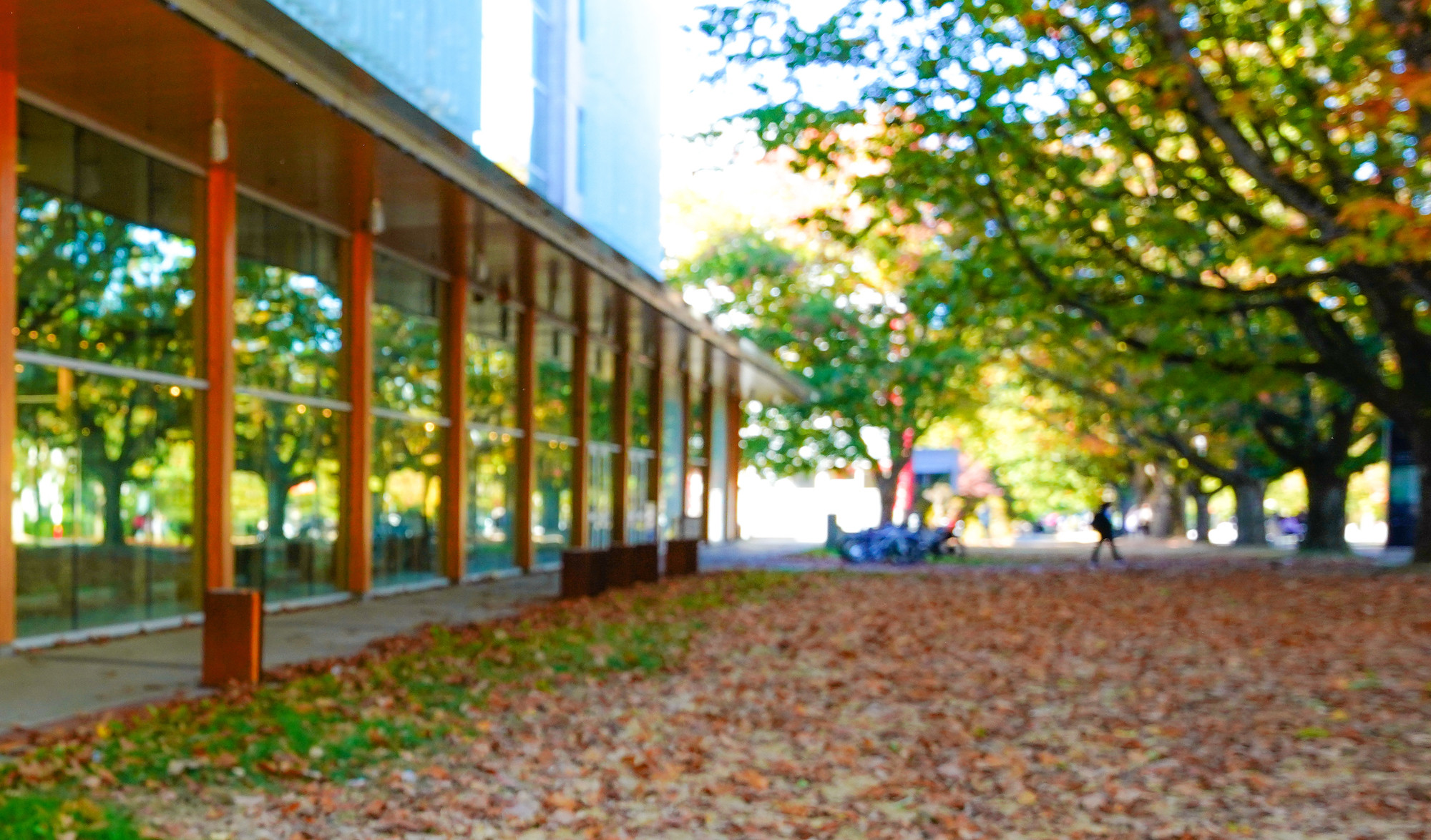Research
As part of my PhD research, I am looking at carbon sequestration feasibility in serpentinite.
For my MSc thesis, I studied the formation and preservation of the minerals brucite and awaruite in serpentinite at the Baptiste Deposit and the surrounding Decar area, central British Columbia. Brucite is a primary mineral that can be used to sequester carbon dioxide. Awaruite is an economically attractive nickel alloy that could be mined for electric car batteries. Knowing the minerals distribution, abundances and correlation can help make carbon neutral or carbon negative nickel mining possible.
Teaching
Teaching Assistantships:
EOSC 322 · Metamorphic Petrology
EOSC 111 · Laboratory Exploration of Planet Earth
Publications
Steinthorsdottir, K., Rahimi, M., Dipple, G.M., Snæbjörnsdóttir, S.Ó., (2024). Evaluation and site selection for carbon storage via shallow CO2 injection into serpentinite in British Columbia, Canada(link is external). Journal of International Greenhouse Gas Control. 137, 104222
Steinthorsdottir, K., Dipple, G.M., Cutts, J.A., Turvey, C.C., Milidragovic, D., and Peacock, S.M. (2022). Formation and preservation of brucite and awaruite in a serpentinized and tectonized mantle in central British Columbia: Implications for carbon mineralization and nickel mining(link is external). Journal of Petrology. 63, 1-25.
Cutts, J.A., Steinthorsdottir, K., Turvey, C., Dipple, G.M., Enkin, R.J., and Peacock, S.M. (2021). Deducing mineralogy of serpentinized and carbonated ultramafic rocks using physical properties with implications for carbon sequestration and subduction zone dynamics(link is external). Geochemistry, Geophysics, Geosystems. 22, e2021GC009989
Snæbjörnsdóttir, S.Ó., Steinthorsdóttir, K., Snorradóttir, S., Helgason, K. (2021). Protecting Our Climate by Turning CO2 Into Stone(link is external). Frontiers for Young Minds.
Steinthorsdottir, K., Cutts, J., Dipple, G., Milidragovic, D., and Jones, F. (2020). Origin and serpentinization of ultramafic rocks in dismembered ophiolite north of Trembleur Lake, central British Columbia(link is external): Geological Fieldwork 2019, British Columbia Ministry of Energy, Mines and Petroleum Resources, British Columbia Geological Survey Paper, v. 01, p. 49–58.
